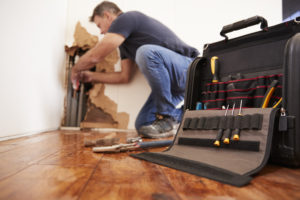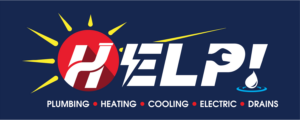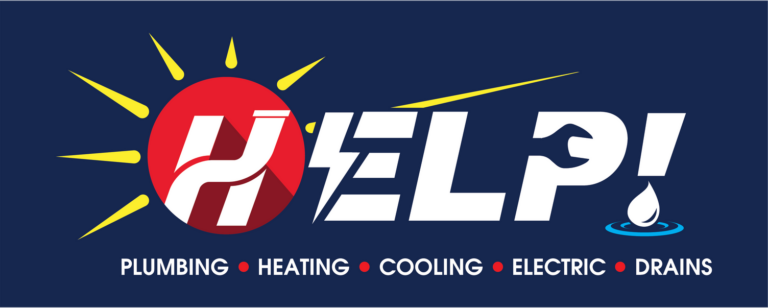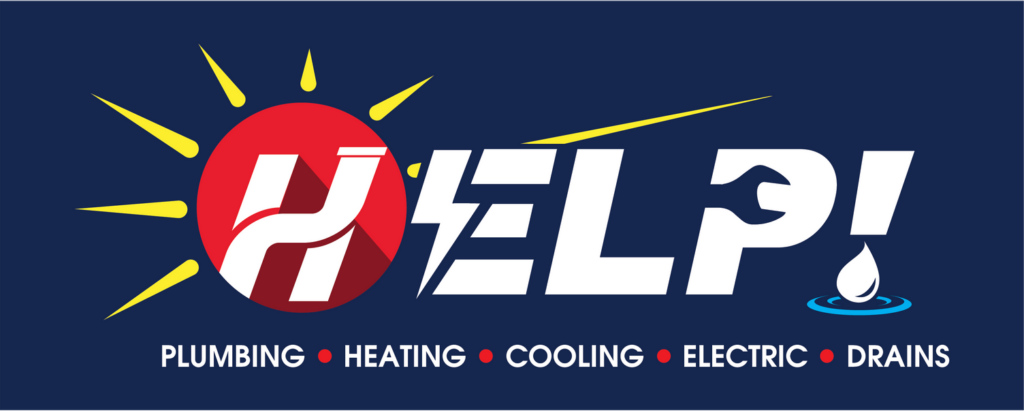Leaks can waste water, damage your home, and encourage unwanted organic growth. Unfortunately, because you cannot see most of the pipework in your home, you may not always know that a leak has formed.
One of the best ways to protect your home from future leaks is to understand and look for common situations that cause leaks to develop.
In this article, we list eight possible causes of water leaks that may be making your pipes drip.

Broken Seals
When your appliances were installed, the contractor put seals around all water connectors. Seals also appear in other places, such as on your dishwasher door. As your appliances age, the seal may break or wear out. If you notice condensation on your appliance or puddles near the appliance, you may have a broken seal.
Clogged Lines
Many clogged drains simply cause inconvenience. Some clogs, however, can lead to overflowing or burst pipes. For example, obstructions in air handler drain pans or in your gutters often lead to serious water damage. Keep your gutters and HVAC system clean to prevent serious clogs.
Corrosion
As your plumbing system ages, rust and other forms of corrosion may eat away at the pipes. If you notice any discoloration or warping on your pipes, have a plumber assess the damage right away. If you have an older plumbing system, consider replacing the pipes at a high risk of corrosion for newer models.
Damaged Pipe Joints
Where your pipes connect often represents the weakest point in a line. Over time, pipe joints can deteriorate, causing leaks. Unfortunately, most pipe joints aren’t easily visible. If you have noisy pipes that make a ticking or banging noise, especially when you turn on the hot water, chances are that your pipe joints are under significant pressure. Have a plumber evaluate your system once a year.
Excess Water Pressure
High water pressure may feel nice, but excessive or uneven pressure can strain your pipes. Most pipes and faucets can only withstand up to a specific level of water pressure. Any extra pressure could cause leaks. If you’re concerned, have a professional measure the pressure.
Intruding Tree Roots
Some of the most common water leaks actually start outside your home rather than inside. For example, tree roots can intrude on water lines, causing moisture to seep out into your yard. If you notice any new wet patches or sinkholes in your yard, experience a sudden drop in water pressure, or have trees growing very near your home, have a plumber check for intrusion.
Loose Water Connectors
Sometimes the hoses and pipes that supply your appliances with water become loose, causing a leak. Often, loose water connectors occur due to shifting. For example, your washing machine hose may spring a leak due to shaking during the spin cycle. If you have a water connector leak, you may notice water running directly from the supply line or forming puddles around the appliance.
Rapid Temperature Changes
Unexpected extreme temperature changes in your pipes can force the pipes to expand and contract. This expansion and contraction may crack the pipes, especially when caused by freezing temperatures. Pay attention to the way your plumbing performs. The presence of the circumstances listed above often indicates a high risk of leaks.
Need a Professional Plumber?
If you have noticed an increase in your water bill, a musty smell around a drain, a change in water flow, or other warning signs of an active leak, contact HELP Plumbing, Heating, Cooling and Drains. We can detect and treat leaks anywhere in your home, including those that affect hidden pipes in your walls or floors.
[cta_button title=”Contact HELP Today” url=”contact/”]


